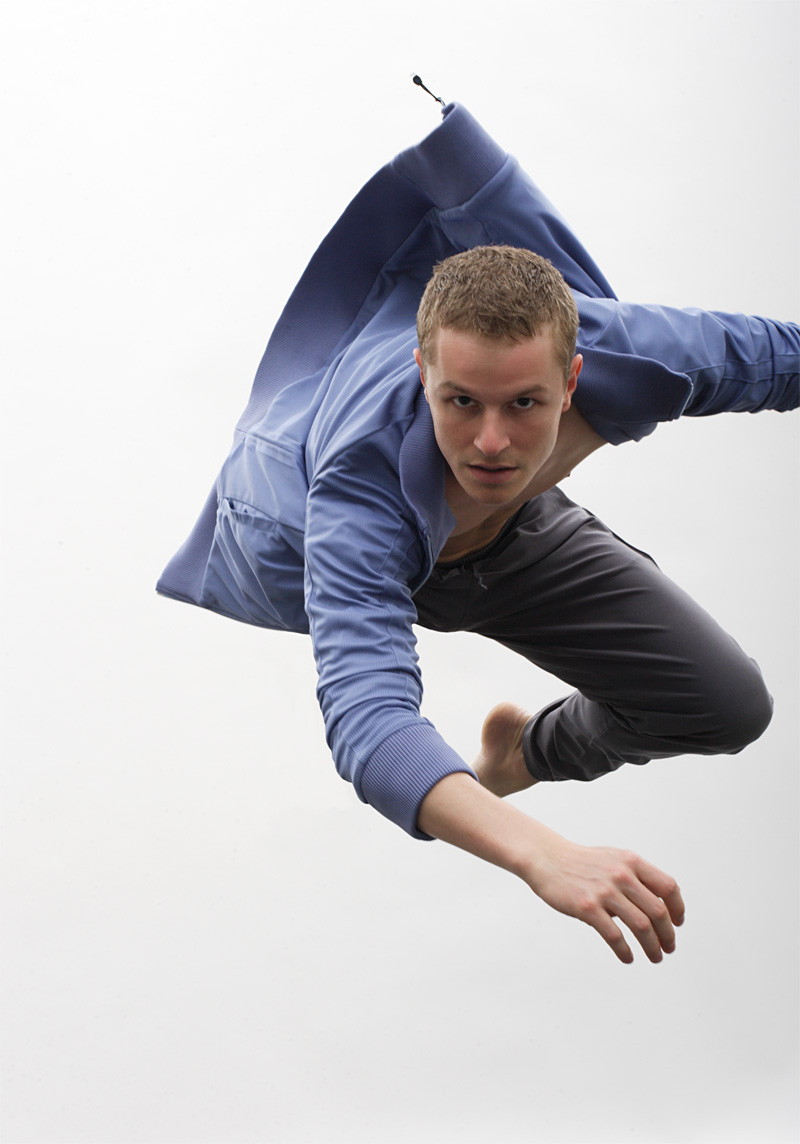As a dancer, Olivier Wevers is an intriguing mix of elegance and eccentricity. His nickname among Pacific Northwest Ballet dancers is The Prince, but the regal quality in his movement is tempered with bursts of energy and highly articulate detail, especially in his gestures. He’ll twist himself into a pretzel as Friar Lawrence in Romeo and Juliet or extend a coolly poised hand to his partner in Jewels. The choreographic style he’s developed in the past few years is also virtuosic and quirky, a highly physical, musical, and detailed approach. Seeing him right now may be similar to what it was like to see Twyla Tharp or Jirí Kylián early in their careers.
Wevers’ new company, Whim W’Him, which performs its first full-length program at On the Boards this weekend, reflects the ways that the separation between ballet and modern traditions is breaking down. In the past, ballet choreographers usually worked in big institutions that could support the intense levels of training and skill needed to perform the classics. Modern dance, on the other hand, is descended from the tradition of the singular vision, in which an ensemble was devoted to the work of one artist. Ballet companies are typically named after the community that supports them, while modern groups are named after their artistic directors. But that rule, and what it represented, is in flux now.
“To run a ballet company successfully is a rare proposition,” notes Lane Czaplinski, OTB’s artistic director. “For an artist within that system to step out of it and make a go of it [is even rarer].”
Wevers’ choreography for this weekend’s program is likely to be some of the best work you’ll see in Seattle this year. The big premiere, 3Seasons, translates the familiar Vivaldi concerto cycle into gorgeous kinetic images, then undercuts that reassuring baroque bounce by inserting sections of a new score by Byron Au Yong that uses Vivaldi’s original structures. The baroque aesthetic shows up in the gestural detail, with cleanly sculpted, complex hand language, and in the intertwined partnering, which occur amid a non-sequitur collection of mundane, contemporary props. On the Boards’ close quarters lets us see minute changes of weight and intention clearly.








